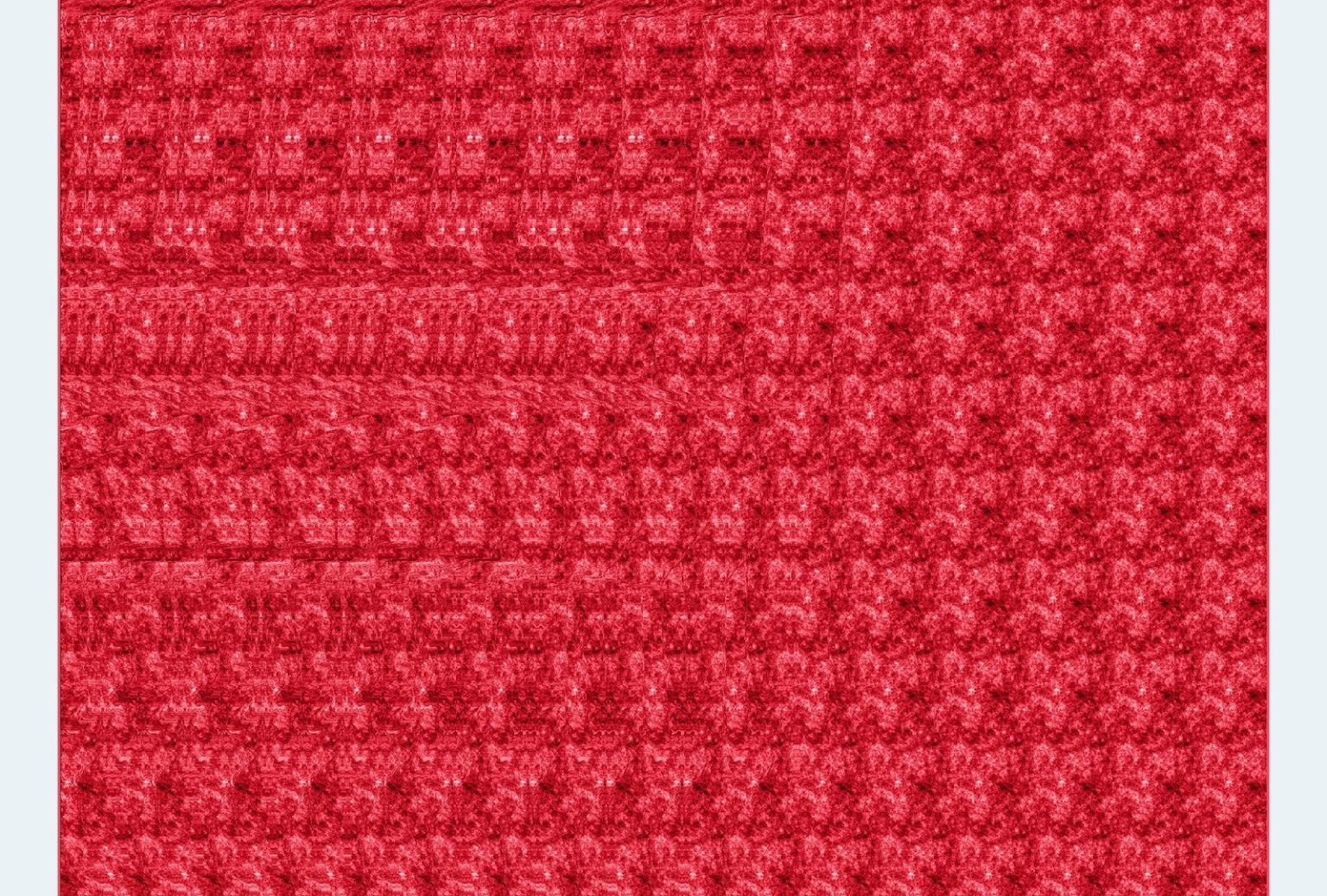Crack the Blade and Relax: A教你 To Solve Brain Teasers and Optical illusions in 30 Seconds
In recent months, tackling brain teasers and optical illusions has become a fixture on social media, sparking debates among enthusiasts. A recent challenge posed by the Twist Museum, which requires spotting a hidden image in a blurred blur of reds, has been particularly popular. Many people attempt the puzzle within just a few seconds, but only a small percentage manage to spot the image quickly, attributing this to the illusion’sMapping of Isn’t it a shade of red hiding a chair?
.jpg “Rather than giving up, you can see the dog—and the puzzle is for everyone to crack.” If you’re up for it, here’s why you’re essentially dealing with a refers to the key to solving this puzzle. By approaching it with a fresh perspective and a clear mind, even if it takes a moment, you can’ve avoid the frustration of spending too much time puzzling over just one object. So, don’t get discouraged; embrace the challenge and give it your all.
cognitive stimulation and creative problem-solving. Regular exposure to brain teasers can enhance memory and concentration while driving creative thinking. Tasks like solving mind-bending optical illusions and brainteasers not only keep the brain active but also have profound benefits.
You’ll need a high level of intelligence to spot the hidden image in the blurrily lit puzzle, and you’ll also need a strong ability to focus. The challenge is Psychological Distance bites to the rescue, as it can help buffer theDismissive effects of the puzzle’s overwhelmingEffect. Moreover, practice at solving these puzzles can indirectly improve your performance on more complex challenges.
The secrets to conquering these puzzles—and maybe even persisting with them—require a varied mindset. Aha, the puzzle challenges your brain to visualize objects and shapes—A light bulb might pop into your head, but Einstein once said: “Einstein said it, but… you might need to do it yourself.” Without a plan, just throwing things at one another will likely result in frustration.
If you managed to spot the image within 30 seconds, you’re well on your way to developing the mental fortitude to solve even the most stubborn clubs. Surprisingly, many people will deny their inability even if they see the image. In reality, they often find it challenging to ignore the unexpected swirling Effect of the reds.
But rather than getting discouraged, take a moment to embrace the challenge as a gift or an opportunity for growth. The puzzle isn’t just a game—it’s a reflection of the way our brains work. Over time, you’ll find that tackling these puzzles, you’ll develop a deeper understanding of how perception and memory are shaped by our surroundings.
In conclusion, this puzzle is a test of your patience, attention, and cognitive skills, but human ingenuity often surpasses the human mind. The more you practice your brain-sharpening abilities, the better you’ll be at these heads-shaking tests and the challenges they pose. Whether you’re looking for a hidden chair beneath a row of red roses or the five hidden utensils in an office, keep pushing, and rediscover the beauty of solving the puzzles of the mind.




